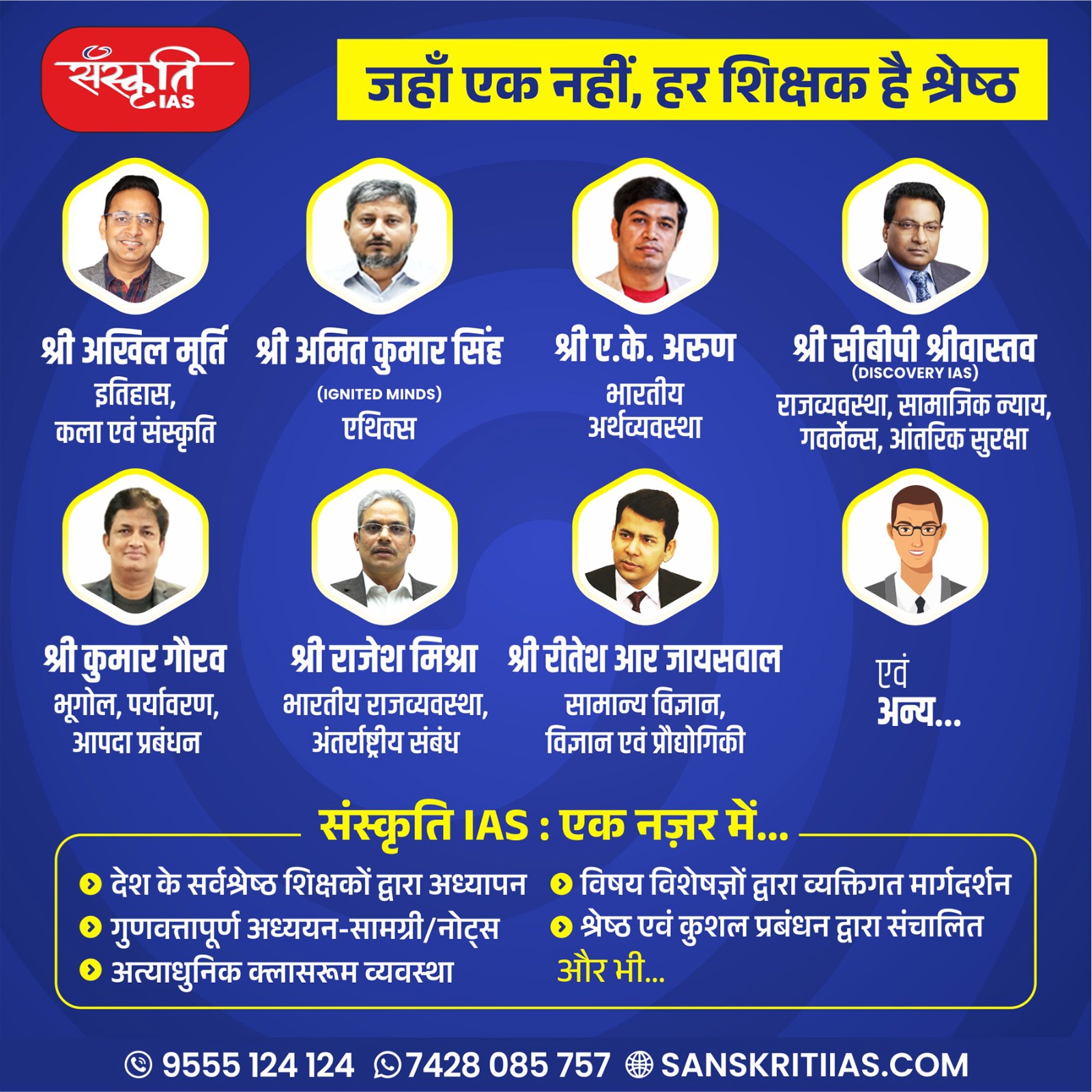Avipsha is one of the strong women who can make huge difference in society her words, she is the founder of Bunavat and share her experience with us.
When did you start your journey with Bunavat?
Bunavat was launched in February 2018, but the foundation was laid in January itself. Over the years, my love for handwoven textiles and crafts grew and led me to research and read about them. In January, I was on vacation to the Rann of Kutch and one of the days, I skipped sightseeing, took a cab and headed off to Ajrakhpur (about an hour away from Rann of Kutch and famous for Ajrakh block printing), not knowing anyone in the community.

Avipsha, the founder of Bunavat, is a trailblazing woman making a significant impact on society. Through Bunavat, she shares the stories of artisans like Ismail Anwar Khatri and Shubho, recognizing their challenges and emphasizing the importance of preserving traditional crafts. Avipsha’s commitment goes beyond just upskilling artisans; she focuses on their holistic well-being, addressing motivation and self-esteem.
Innovatively using Generative Artificial Intelligence, she ensures Bunavat’s designs are timeless and exclusive, seamlessly blending tradition with contemporary aesthetics. Avipsha’s vision extends to creating a ripple effect, as seen in the inspiring story of a young advocate for slow fashion influencing her mother’s mindful choices. Avipsha’s journey embodies the fusion of tradition, innovation, and a commitment to sustainable and responsible consumption. She’s a driving force behind positive change in the world of artisanal crafts and fashion.
It sounds like you’ve embarked on a fascinating journey, exploring the rich traditions of artisanal crafts and weaving communities. The stories of Ismail Anwar Khatri and Shubho highlight the challenges faced by these artisans, and your realization about the importance of sharing their stories to instill pride in wearing their creations is commendable.
Your commitment to addressing the challenges faced by the weaving and artisan communities through developmental initiatives is noteworthy. Providing the right tools, skills, and a platform for these communities not only helps sustain their craft but also contributes to their overall well-being. The emphasis on addressing both technical skills and softer aspects like motivation and self-esteem is a holistic approach that recognizes the multifaceted nature of artisanal work.
The integration of Generative Artificial Intelligence into your design process reflects a forward-thinking approach. By blending traditional elements with contemporary aesthetics, you’re ensuring that your designs remain timeless and exclusive. It’s intriguing to see how technology can be harnessed to innovate while staying true to cultural heritage.
The anecdote about the young schoolgirl advocating for slow fashion and influencing her mother’s mindful purchasing choices is heartening. It highlights the positive impact that conscious consumer choices can have, especially when embraced by the younger generation. The idea of these values being passed down through generations creates a ripple effect, fostering a culture of responsible consumption.
In essence, your journey encompasses not just the preservation of traditional crafts but also the promotion of sustainable and mindful practices in the realm of fashion. It’s a testament to the power of storytelling, community engagement, and the thoughtful integration of technology to create a positive impact on both artisans and consumers. Keep weaving those threads of tradition and innovation!
During these visits, I realised the need to tell these stories to the world. That would make a real difference because these textiles were not just pieces of cloth. They symbolised heritage, secretly held a person’s life story of grit and resilience and involved immense efforts. With that thought, I started Bunavat in February 2018. The idea behind Bunavat was to be able to really bridge the gap between the last mile weaver/ artisan and the end consumer.
The numerous change of hands between a last mile weaver/ artisan and the end consumer leads to very little profits reaching the real artist. I envisioned Bunavat to be the connecting dot between the last mile craftsperson and the end consumer. Additionally, storytelling was an important aspect to enhance the emotional connection consumers feel toward the products and we did that through our blogs and social media content. While we started out with curation, today we are designing our own line of products, working with the same communities.
The Core Values of Bunavat
Bunavat stands for five core values: Community, Integrity, Accountability, Empathy, and Excellence.
The intent of starting Bunavat was to work with and for the communities. While working with last mile weavers/ artisans, we are helping them bridge the gap and giving them market access, the other aspect is working for their development and enabling them. We want to make a sustainable impact and help them break the cycle of ignorance and poverty.
The other value that we really stand by is integrity. We are sincere in our dealings with the community and the customer. The way we share information about the product – every detail, the kind of dyes, the type of raw materials, who is making the product, etc makes us a transparent brand. Similarly we deal with honesty with our weavers and artisans and therefore have been able to cultivate long standing relationships based on trust.
Third, we are very accountable for our actions. We are also responsible as a brand and committed towards the environment at large. That is why we have been really focusing on raw materials, which are natural, working with dyes, which are environment friendly. Our responsibility and accountability reflect in our supply chain and our operations, both towards the customer and our craft communities. Without empathy it would be very difficult to operate, especially as a social enterprise.
Recently we have added another value, that is our focus on excellence. We want to excel in any work we undertake – our product design, quality, overall customer experience, our last mile logistics, and of course our production process. There is no compromise on this.
As you expanded your presence to numerous clusters and villages, you must have encountered a diverse range of weaving techniques, cultural influences, and socio-economic contexts. Could you elaborate on a specific experience or interaction that profoundly impacted your understanding of the symbiotic relationship between artisanal heritage and community well-being?
This takes me back to Ismail Bhai’s story – the one that set the context for Bunavat. When Ismail Anwar Bhai narrated his life story, I learnt how due to financial constraints (because artisans are not paid well) he had to give up the generational crafts’ business and take up other regular jobs to support the family. Owing to his strong urge to return to the craft and innovate made him restart his Ajrakh printing. But not everyone is strong willed like him.
Bunavat’s shift from curation to designing represents a bold step towards fostering innovation within the traditional craft. Could you elaborate on how you balance contemporary design aesthetics and the preservation of age-old craft traditions, ensuring each piece remains culturally authentic while appealing to modern sensibilities?
While we started out with curation, in sometime we realised because craftspeople often did not have direct access to market feedback, they continued doing similar designs year after year. The challenge is surely not with their skillset but with making handloom more relevant and aspirational for the global audience.
Balancing contemporary design aesthetics and the preservation of age-old craft traditions is a delicate and nuanced process that involves careful consideration of cultural authenticity, artistic innovation, and market trends.
We research about current design trends and aesthetics to understand what appeals to modern sensibilities. This includes elements such as color palettes, motifs, textures and seasonality. We are experimenting and innovating on those aspects without altering the traditional craft form. The craft form has stayed intact and we haven’t diluted that. Initially we faced some hesitance in the craftspeople to try something new, but when they saw the market acceptance and got more work, they felt confident.

We have been very mindful about using eco-friendly dyes, we’ve been cognizant about using natural fibres, and sustainability is at the core of our work. It has been a two-way process of sharing and learning. Involving the artisans in the design/ sampling process given their immense knowledge and expertise has also helped us – they have also guided us on the adaptation of traditional techniques to contemporary designs.
As Bunavat embraces a design-centric approach with Bunavat 2.0, what core design philosophy and ethos guide your creative process? How do you infuse sustainability and cultural heritage elements into your designs to create a cohesive and meaningful collection?
At Bunavat 2.0, our core design philosophy centres around the harmonious fusion of contemporary design excellence and the preservation of cultural heritage.
Sustainability is at the heart of Bunavat 2.0. We believe that preserving cultural heritage goes hand in hand with responsible production practices. Our designs prioritize sustainable materials, ethical production methods, and minimal environmental impact. We feel responsible towards the people making it, and also towards the people buying it. We have been aiming to reduce our carbon footprint wherever possible in our supply chain.
With sustainability at the forefront of Bunavat 2.0, how do you engage with conscious consumers who seek products that align with their values? Could you share insights into how you communicate the stories behind your designs and the impact of supporting artisanal communities to resonate with these consumers?
Bunavat is all about ‘stories and weaves’. Storytelling is extremely crucial for us. I was moved by the stories I saw in the clusters and started Bunavat. The cluster travels me, and my team have undertaken have always been shared with our customers via social media or as blogs on our website. This has helped us build trust, and our customers resonate well with these and take pride in knowing who made their clothes. They appreciate the value of their purchase and then connect with it instantly because they know who made their clothes.
We had done a lot of crowdfunding during COVID and even for our other developmental initiatives, and our customers have come forth and supported and funded so many of our programs because they resonate with it. They see our transparency and consider us as an authentic brand. They know exactly the usage of the funds, the people benefitting and all these because of the way we have always, since our inception, focused on storytelling. #clusterkikaahaniya is one such hashtag we use while sharing our cluster stories.
Also, for us storytelling is a two-way activity. We also take back customer stories to our weaving/ craft communities to motivate them and help them see the appreciation their work gets.
While there are challenges, poverty and drudgery, there is also creativity, talent and resilience. The stories should cover both the aspects and we have always tried to do that.
The most crucial aspect, however, about stories is that they are powerful only when true.
The transition to small-batch production indicates a commitment to quality and sustainability. How has this shift contributed to empowering the weaver communities you collaborate with? In what ways does Bunavat 2.0’s approach enhance the socio-economic well-being of these artisans compared to the earlier curation model?
The transition to small-batch production represents a strategic decision that goes beyond product manufacturing; it reflects our dedication to quality, sustainability, and the empowerment of the weaver communities we collaborate with.
This has impacted the craftspeople at two levels – skill enhancement and economic empowerment. The artisan is now undertaking innovative, intricate and more skill demanding work. It has been a handholding process to enable the artisan to render our new and innovative AI inspired designs leading to their upskilling. Also, with our price points improving, we have been able to provide better compensation for their craftsmanship, leading to their improved earnings and financial stability.

Bunavat’s holistic approach to slow fashion beautifully interweaves sustainability, cultural preservation, and empowerment of grassroots artisans. The emphasis on conscious consumption is pivotal in countering the fast fashion industry’s negative impact. Could you share a specific story where you’ve witnessed a customer’s transformation from traditional consumer habits to mindful, value-driven purchasing after connecting with Bunavat’s ethos? Moreover, as your platform extends its influence, how do you envision the ripple effect of such transformations contributing to a broader global shift towards responsible fashion consumption, ultimately shaping a more harmonious relationship between consumers, artisans, and the environment?
It’s fascinating to witness the transformation at a customer’s level. Customers today are more aware of their choices, and are making more informed purchase decisions.
We have witnessed numerous repeat customers because they feel value for money paid – the product lasts long, is of good quality, is environment friendly and also there is a connection with the weaver/artisan.
So this transformation is taking place, it may be slow, but it’s happening in our country too. Our age-old traditions have been extremely sustainable, only industrialization moved us away from this. While the world today is talking about sustainability and responsible consumption, these values are deeply rooted in our Indian traditions and therefore not difficult for us to re-adopt. Our products are also getting a lot of global attention and therefore these are changes in the positive direction.
Can we say India’s handloom weavers are multifaceted and often deeply rooted? From limited access to modern technology to fluctuations in market demand, these artisans navigate a complex landscape. Could you shed light on a challenge that you’ve found particularly pervasive or impactful for handloom weavers?
First of all, we should be proud to be born in a country with such immense talent. Our weavers and artisans are highly talented and skilled and create magic. So there is no doubt on skills and implementation of our craftspeople. But often, the mapping with the market requirements becomes a challenge due to lack of awareness, poor access and the digital divide.
COVID posed the most difficult challenge for our country’s overall handloom and crafts sector. During that time, everyone realised even more the need for digital literacy of the people at the opposite end of the socio-economic spectrum.
Our developmental initiatives, even prior to COVID had been around digital empowerment of the weavers – usage of social media, photography, and other technological aspects required for their business. We have witnessed the benefit of these programs especially during COVID as it became imperative for everyone to have a digital presence to earn a living. Such programs will also ensure the younger generations of the craftspeople to keep the art alive and help them innovate and grow.
Therefore, I believe that for organisations like ours, who are working in this space, it is important for us to focus on the digital empowerment of the communities that we work with. There are quite some good initiatives that are already in place, but more work is still required for the entire craft community to benefit.
Your Inspirational Quote?
I firmly believe that purpose is more powerful than passion. As entrepreneurs, we always talk about passion, that of course is essential, but to me at the end of the day, it is about your strong sense of purpose.
When there are issues in the business, checks are bouncing, you are unable to meet customer demands, passion often frizzles away with the daily grind over time. It is only your sense of purpose that will make you show up the next day despite all the challenges.
The other thing is that there is nothing more beautiful and nothing more humbling than working with communities. They have so much to offer – love, warmth and experience that you take back is much more than you can contribute to their lives. So treat them with respect and as equal partners in your journey. Doing well by doing good has been my motto in life.























